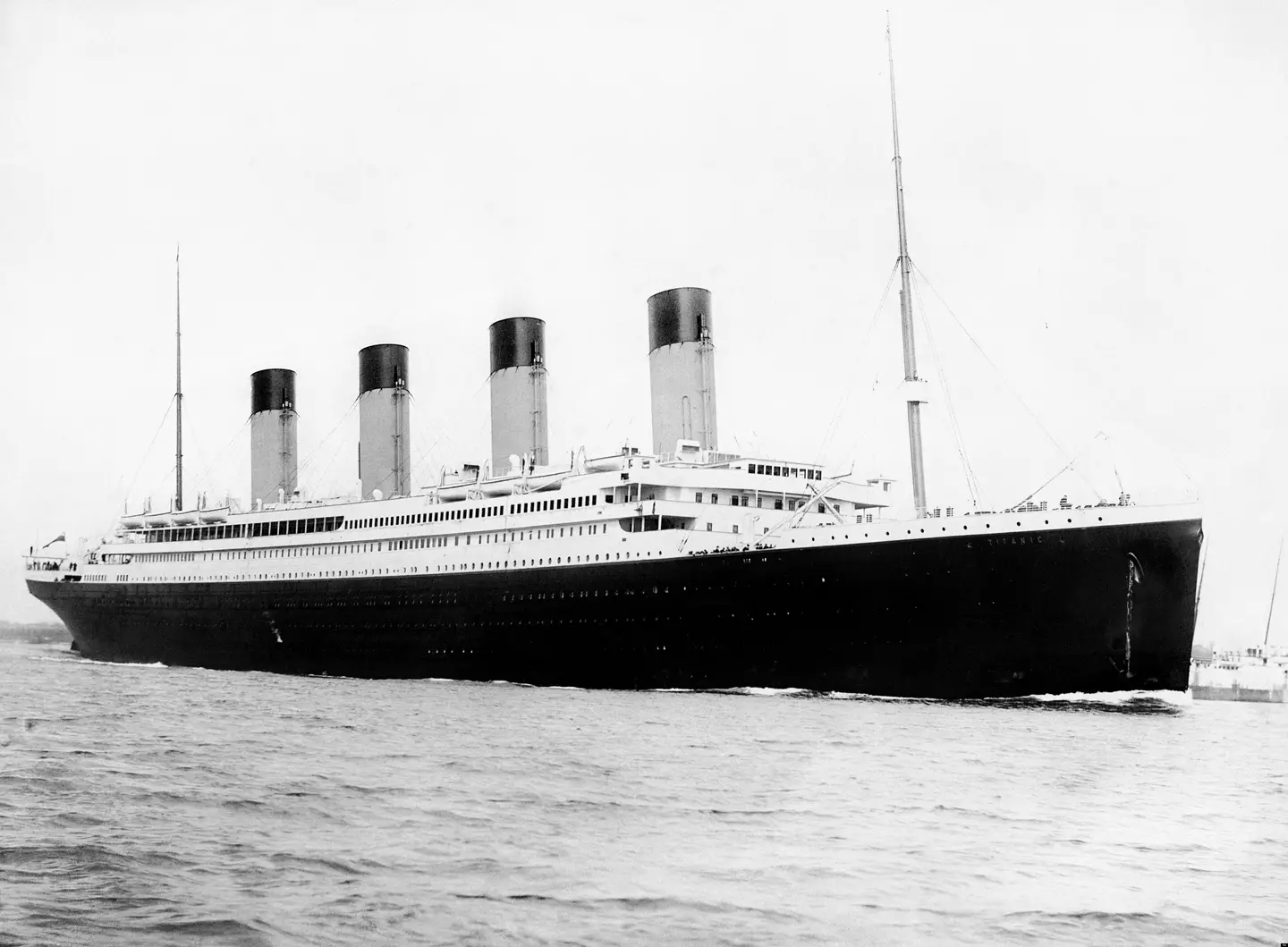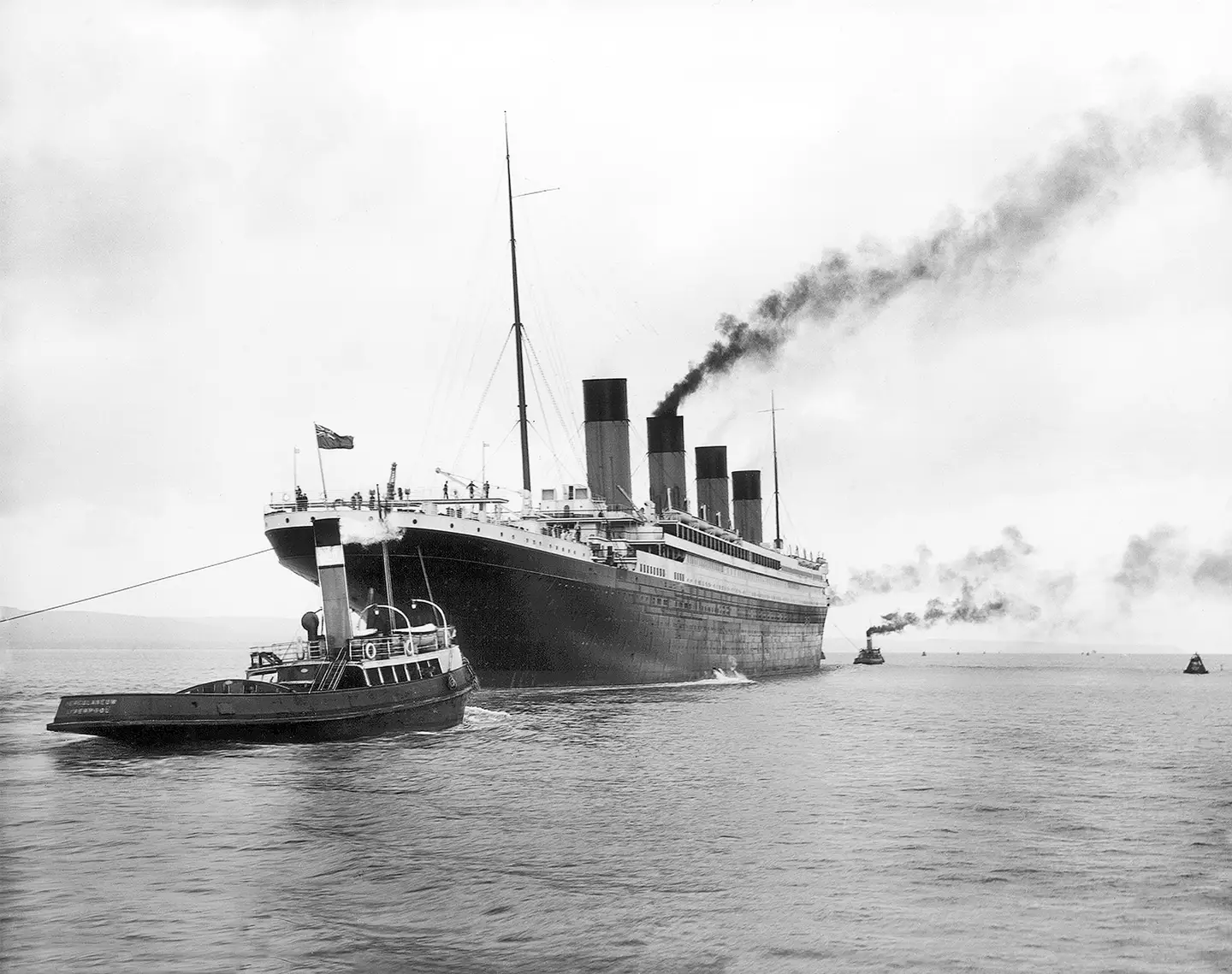
Newly emerged evidence could explain what caused the Titanic to sink.
Well over a century ago, on 14 April, 1912, the ‘unsinkable’ ship struck an iceberg and sank into cold waters.
The Titanic was on its first voyage, going from Southampton to New York City with about 2,200 passengers and crew onboard.
Advert
The British ship had already received a number of warnings about icebergs in the area before the fatal strike that took it down. Approximately 1,500 people died in the accident.
But evidence from reports in The Times suggest an optical illusion could have played a key role in the sinking of the ship.
It is suggested the Titanic had sailed into a ‘thermal inversion’ - this is when a layer of warm air traps colder air underneath.

This would have occurred when the icy waters of the Labrador Current flowed into the warmer waters of the Gulf Stream in the Atlantic Ocean.
Advert
OK, so that all sounds relatively simple and yet it can have mega effects which in this case, may have been fatal.
Thermal inversions can create various mirages such as the ‘morgana fata’. This is well-known as when ships look like they’re floating above the horizon.
And it’s said in the case of the Titanic that the thermal inversion here led to a superior mirage, creating a false horizon. At sea level, light bends over the true horizon.
But higher up, like at the Titanic’s crow’s nest (30 metres high) the gap between the true and false horizons can look like a haze. And therefore, the crew on lookout wouldn’t have been able to see the iceberg until it was too late as it would be obscured by the mist.

This idea, found in The Times' archive, supports the theory previously suggested by Tim Maltin, Titanic author and historian.
Advert
"The weather, the night the Titanic sank, was absolutely extraordinary," he explained. "It was one of the calmest and clearest nights in history on the North Atlantic."
Maltin explained the effects of the thermal inversion, saying: “Although the high pressure kept the air unusually clear, the abnormally long distance to the horizon meant that light was scattered by the molecules in the path of vision, creating a haze caused by the scattering of light.”
Maltin also explained how the superior mirage would have raised the horizon up behind the iceberg, partially masking the view.
“And with the berg coming straight towards the lookouts, it unfortunately meant that the berg had to be that much nearer before it was seen,” he added.
Featured Image Credit: Pictures from History/Universal Images Group/Getty Images/Ralph White/Getty ImagesTopics: Titanic, History, Optical Illusion
